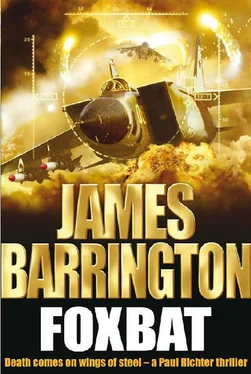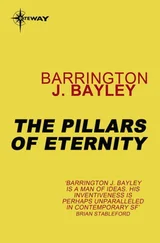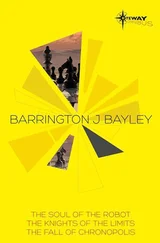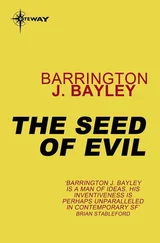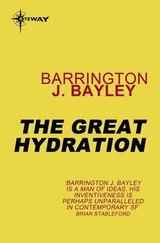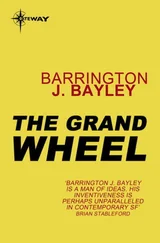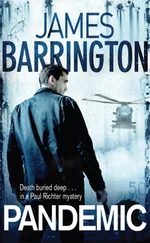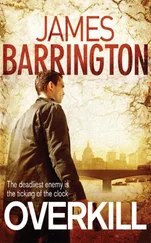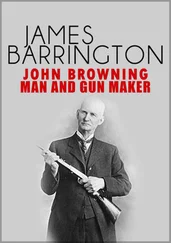Hicks looked at the chart where Muldoon was pointing. ‘Yes, got it. Carry on.’
‘T’ae’tan is known to operate Ilyushin Il-28 bombers and Shenyang F-5 fighters, but what some witnesses reported seeing was nothing like either aircraft. The problem for the NIS was that those witnesses weren’t exactly qualified in aircraft recognition, most of them being fishermen. But they kept getting so many reports they finally decided they needed to check on T’ae’tan and find out exactly what was going on there.
‘So yesterday – Monday – they landed one of their agents just about here.’ Muldoon pointed again to the map. ‘His instructions were to trek across country to T’ae’tan and set up an observation point. Then he was to count the number of F-5 fighters and Il-28 bombers he saw and identify any unusual aircraft. He was using a satellite phone to call in reports, and they received his third and last one this morning. It started with the sound of gunfire, then he yelled “They have new aircraft. I’ve seen a—” And then his satellite phone simply went dead, and it’s been off air ever since.’
‘That’s it?’
‘That’s it.’
‘And they want us to do what, exactly?’
‘The next time one of our Keyhole birds passes near T’ae’tan, they’d like us to tinker with the orbit so it’s a bit out of sequence, then take a bunch of pictures to see if we can figure out what’s going on.’
‘And will we do that?’
Muldoon nodded. ‘We don’t have a lot of options, as Oplan 5027 commits us to lending our support to South Korea, and this request falls well within the parameters. So I’ve already confirmed the tasking – and I’d quite like to know what’s going on over there myself.’
Yongbyon, North Korea
Yongbyon is a small and unremarkable town located about one hundred kilometres north of Pyongyang. In the mid-1960s the North Koreans established a large-scale nuclear research facility there, and ten years later they began construction of a nuclear reactor on the site. Within a further ten years they’d also erected a reprocessing facility that would allow them to extract plutonium from nuclear fuel, and a separate research reactor rated at five megawatts. The DPRK built other reactors, including a two-hundred-megawatt installation at Taechon, but it was the Yongbyon complex that worried everyone most.
Estimates prepared by South Korea, America and Japan, based upon an IAEA calculation of the radioactive isotope content of nuclear waste unloaded from the five-megawatt reactor, suggested that by the end of 2004 the North Koreans could have extracted between twelve and twenty-four kilograms of plutonium.
In fact, they’d extracted rather more than even the most optimistic – or pessimistic, depending on point of view – of the estimates, but hardly any plutonium now remained in the lead-lined subterranean storage room at Yongbyon.
A modern twenty-kiloton nuclear warhead contains eight kilograms of fissionable material, so most assessments suggested that the DPRK might have enough plutonium to construct two or three nuclear weapons of this size. That assumed the North Korean scientists were constructing a weapon of modern design, using shaped charges known as lenses to initiate the detonation sequence. But no matter what method they were using to trigger the device, they certainly had enough plutonium to build at least one weapon, even if it was the size of a truck, as one Western scientist had sneered.
There are several problems associated with the production of nuclear weapons, but one of the most intractable is size.
The ‘Little Boy’ bomb that the USAF dropped on Hiroshima was about three metres long and weighed almost four thousand kilograms. It contained sixty-four kilograms of uranium 235, but the so-called ‘gun’ design was so primitive and ineffective that a mere 0.7 kilograms of the material underwent nuclear fission. But it still had a yield approaching fifteen kilotons and killed about one hundred and fifty thousand people.
The ‘Fat Man’ weapon dropped three days later on Nagasaki was even bigger and a lot heavier, with a slightly higher yield, and employed shaped charges to compress a core of plutonium into a critical mass. Plutonium is slightly easier to produce than uranium 235, and is the favoured material for regimes that are taking the first steps towards becoming full members of the ‘nuclear club’.
The most important point about the first two American atomic weapons is that they were massive, and that was the problem the North Korean nuclear scientists had been struggling with. They could build such a weapon – since the October 2006 nuclear test in Hamgyeong province in North Korea that hadn’t been in dispute – but constructing a weapon that was light and small enough to be carried by one of the regime’s ballistic missiles was another story entirely. Nevertheless they’d succeeded, and the warhead they’d produced was designed to fit inside the nose cone of every missile in the North Korean inventory, from the old and basic Scud to the three-stage Taep’o-dong 2. They’d fabricated three ten-kiloton nuclear warheads using eighteen kilograms of fissionable material, and these had all been sent to the Chiha-ri missile site located a short distance north of the DMZ.
Just over a year earlier, the Yongbyon scientists had been given the most explicit instructions from Pyongyang – by Kim Yong-Su himself, in fact – to use a further twelve kilograms of plutonium in fabricating a twenty-kiloton weapon and detonation system for a highly classified project. That all made sense, but what didn’t make sense were the additional orders. They were also to prepare four standard-size warhead casings, but fill them with scrap metal.
In a totalitarian regime like North Korea, survival usually comes down to quietly doing what you’re told, so that’s exactly what the scientists did.
Six weeks previously, a truck guarded by a troop of heavily armed soldiers had appeared in Yongbyon. The officer in charge had handed the commanding officer a set of orders signed by the highest authority in Pyongyang, and instructed his men to load the genuine nuclear weapon, stored inside a wooden crate, onto the lorry. As soon as it was loaded, the convoy set off again, its destination now the dockyard at Wonsan. The fake warheads were put into a storeroom, and then the scientists got on with their other work.
That afternoon, another convoy appeared at Yongbyon, this one in the charge of a so-jang – major-general – and within an hour the first of the four fake warheads had been loaded into one of the waiting trucks. From the outside, these specially designed vehicles looked pretty much like regular army three-axle five-ton trucks, albeit with solid sides. Somebody who knew about goods vehicles might have spotted the heavy-duty springs and uprated shock absorbers on the rear axles, but that was about the only indication that in each one of them most of the rear compartment was occupied by a lead-lined safe.
In fact, calling the structure a safe was to misstate the case. It comprised a fixed base and two long sides, formed from half-inch steel plates lined with lead on the inside. The two ends were made of the same material and hinged at the base, but were so heavy that closing them required the use of hydraulic rams powered by the truck’s diesel engine. The top was even heavier, hinged on its long side and supported by a double set of rams. There were no locks, as the sheer weight of the plates made them superfluous.
Inside the box was a shaped cradle, and the entire structure had been designed for one purpose only: to carry the North Korean standard-size nuclear warhead. The design would allow the weapon to be lifted directly into the truck and then lowered into the safe.
Читать дальше
